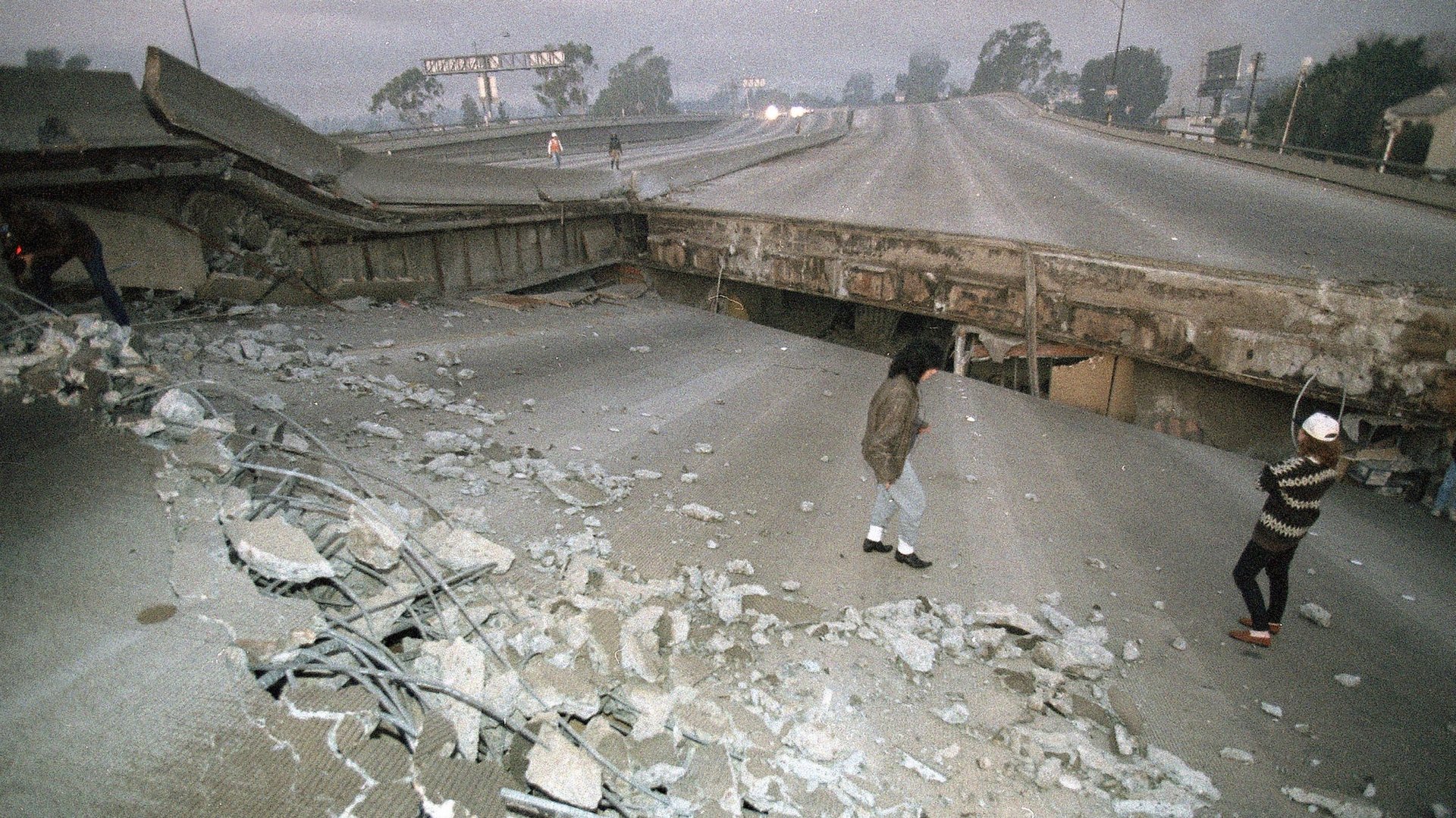California is reluctant to pay for technology that could save thousands of lives from earthquakes
Despite the threat of devastating earthquakes in the US, the states most at risk have been incredibly slow to back a nascent warning system that could save thousands of lives. There was a breakthrough this week when California Gov. Jerry Brown committed $10 million dollars to ShakeAlert, the US Geological Survey’s warning system.


Despite the threat of devastating earthquakes in the US, the states most at risk have been incredibly slow to back a nascent warning system that could save thousands of lives. There was a breakthrough this week when California Gov. Jerry Brown committed $10 million dollars to ShakeAlert, the US Geological Survey’s warning system.
Seismically-imperiled countries like Taiwan, Mexico, and Japan already have earthquake warning systems. Japan’s system, the most advanced on earth, saved thousands of lives during the 2011 earthquake and subsequent tsunami that destroyed the Fukushima Daiichi nuclear reactor.
The systems rely on ground-embedded sensors that send alerts in the seconds between the first short waves of a quake (which, if felt at all, often do little damage) and the long, rolling waves where the real destruction occurs.
The warning may be as brief as a few seconds or as long as a full minute. That’s a small but significant window. It’s enough time for doctors to stop performing surgeries and technicians to shut down power plants, for elevators or trains to stop and let passengers off at the next station, and for individuals to move to a safe place inside an office, home, or school.
ShakeAlert is a promising program, but states most likely to be affected by earthquakes have argued that paying for the system is the federal government’s responsibility. California’s $10 million commitment is only a small contribution to a system that will cost an estimated $23 million to build and $12 million annually to operate in that state alone.
Earthquakes on the west coast are an unavoidable certainty, and the potential consequences of a big one are chilling. A system that could save thousands of lives when the next one inevitably occurs seems an inarguably sound investment.